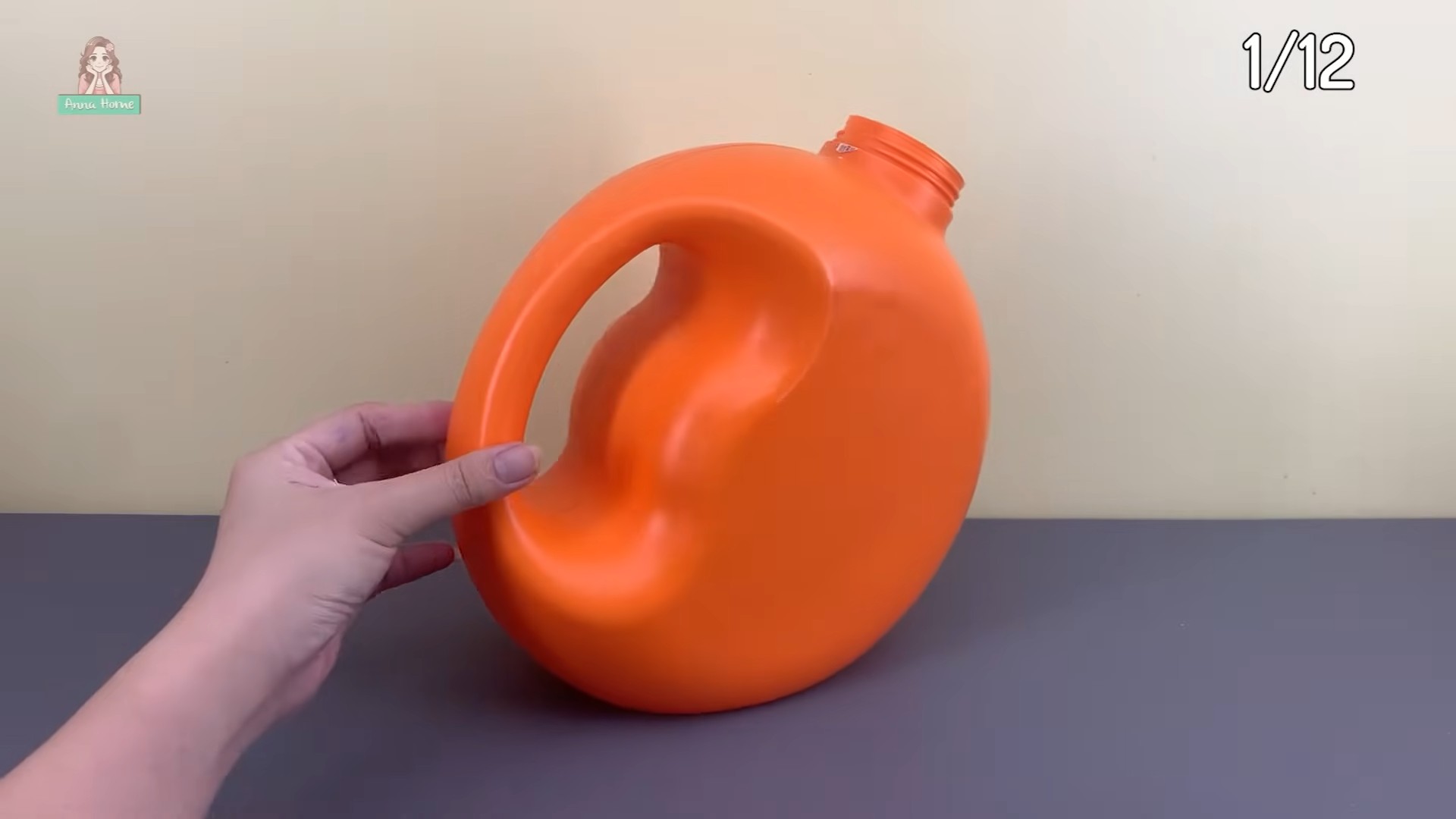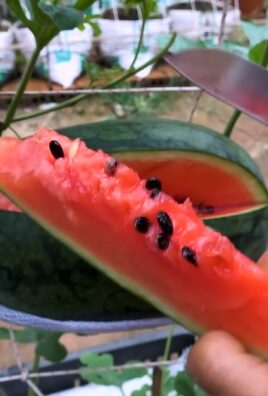Household Hacks You Never Knew – prepare to have your mind blown! I’m about to share some seriously game-changing tips and tricks that will make your life easier, save you money, and maybe even impress your friends.
For centuries, resourceful individuals have been developing clever solutions to everyday problems. Think about it: our grandmothers probably had a whole arsenal of these household hacks you never knew, passed down through generations. These weren’t just random ideas; they were born out of necessity and a desire to make the most of what they had. From using vinegar as a cleaning agent to repurposing old clothes, these hacks were a way of life.
In today’s fast-paced world, we often reach for expensive, store-bought solutions without realizing that the answer might be right under our noses. That’s where these DIY tricks come in! Whether you’re looking to declutter your home, tackle a stubborn stain, or simply find a more efficient way to do things, these household hacks you never knew will empower you to take control and simplify your life. So, get ready to unlock a treasure trove of secrets that will transform the way you approach everyday tasks. Let’s dive in!

Harvesting Sweet Potatoes: A Gardener’s Guide
Okay, so you’ve nurtured your sweet potato plants all summer, and now you’re itching to dig up those buried treasures! Harvesting sweet potatoes is one of the most rewarding parts of gardening, but timing and technique are key. Let’s dive into how to do it right, ensuring you get a bountiful and delicious harvest.
When to Harvest: Timing is Everything
Knowing when to harvest is crucial. Sweet potatoes need a good long growing season, but leaving them in the ground too long can lead to problems like rot or pest damage. Here’s what to look for:
* Days to Maturity: Check your seed packet or plant tag. Most sweet potato varieties take between 90 and 120 days to mature. Mark your planting date on your calendar and count forward.
* First Frost Warning: This is your biggest signal! Sweet potatoes are very sensitive to frost. Even a light frost can damage the tubers near the surface, making them susceptible to rot during storage. You want to harvest *before* the first frost hits.
* Yellowing Foliage: As the plants mature, the leaves will start to yellow and may even develop some brown spots. This is a natural sign that the plant is putting its energy into the tubers.
* Test Dig: About two weeks before your expected harvest date, gently dig around one plant to check the size and maturity of the sweet potatoes. If they’re a good size and the skins are firm, you’re almost ready!
Tools You’ll Need
Having the right tools makes the job much easier and minimizes the risk of damaging your precious sweet potatoes. Here’s what I recommend:
* Garden Fork or Spading Fork: A garden fork is much better than a shovel for digging up sweet potatoes. It’s less likely to slice through the tubers.
* Gloves: Protect your hands from dirt and potential irritants.
* Pruning Shears or Garden Knife: For cutting back the vines.
* Trowel: For gently uncovering any sweet potatoes you might accidentally expose.
* Buckets or Baskets: To collect your harvest.
* Soft Brush: For gently removing excess soil.
* Cardboard Boxes or Crates: For curing your sweet potatoes.
* Newspaper or Burlap: To line the boxes or crates.
The Harvesting Process: Step-by-Step
Alright, let’s get those sweet potatoes out of the ground!
1. Cut Back the Vines: Using your pruning shears or garden knife, cut back the vines a few days before you plan to dig. This helps the sweet potatoes develop a thicker skin, which is important for storage. Leave about 6-12 inches of vine above the ground to help you locate the plants.
2. Loosen the Soil: Carefully insert your garden fork about 12-18 inches away from the base of the plant. Gently loosen the soil around the plant, working your way around in a circle. Be careful not to stab the sweet potatoes!
3. Lift the Plants: Once the soil is loosened, gently lift the plant from the base of the vines. You should be able to see the sweet potatoes attached to the roots.
4. Dig Carefully: If the sweet potatoes are still buried, use your hands or a trowel to carefully dig around them. Be very gentle! Sweet potatoes bruise easily, and any damage can lead to rot during storage.
5. Collect Your Harvest: Gently detach the sweet potatoes from the roots. Brush off any excess soil with your soft brush. Don’t wash them!
6. Inspect for Damage: As you harvest, inspect each sweet potato for cuts, bruises, or signs of pest damage. Set aside any damaged sweet potatoes to use right away. They won’t store well.
7. Repeat: Continue this process for all your sweet potato plants.
Curing Your Sweet Potatoes: The Secret to Sweetness and Storage
Curing is an essential step that converts starches to sugars, making your sweet potatoes sweeter and improving their storage life.
1. Prepare Your Curing Area: You’ll need a warm, humid place to cure your sweet potatoes. The ideal temperature is between 80-85°F (27-29°C) with 85-90% humidity. A greenhouse, garage, or shed can work well. You can also use a spare room in your house, but you’ll need to monitor the temperature and humidity closely.
2. Line Your Boxes or Crates: Line your cardboard boxes or crates with newspaper or burlap. This will help to absorb excess moisture.
3. Arrange the Sweet Potatoes: Place the sweet potatoes in a single layer in the boxes or crates, making sure they don’t touch each other. This allows for good air circulation.
4. Maintain Temperature and Humidity: This is the trickiest part. You’ll need to monitor the temperature and humidity in your curing area. You can use a thermometer and hygrometer to track these levels. If the humidity is too low, you can place a pan of water in the curing area or use a humidifier. If the temperature is too low, you can use a space heater.
5. Cure for 7-10 Days: Cure the sweet potatoes for 7-10 days, maintaining the ideal temperature and humidity.
6. Check for Curing: After 7-10 days, the sweet potatoes should be cured. The skins will be tougher, and any minor cuts or bruises will have healed over.
Storing Your Sweet Potatoes: Keeping Them Fresh
Once your sweet potatoes are cured, it’s time to store them properly.
1. Choose a Cool, Dark, and Dry Place: The ideal storage conditions for sweet potatoes are cool (55-60°F or 13-16°C), dark, and dry. A basement, root cellar, or unheated garage can work well. Avoid storing them in the refrigerator, as this will cause them to develop a hard core and lose their flavor.
2. Wrap Individually (Optional): For even longer storage, you can wrap each sweet potato individually in newspaper. This helps to prevent them from touching each other and spreading rot.
3. Store in Boxes or Baskets: Place the cured sweet potatoes in boxes or baskets, making sure they don’t touch each other.
4. Check Regularly: Check your sweet potatoes regularly for signs of rot or spoilage. Remove any damaged sweet potatoes immediately to prevent them from affecting the others.
5. Enjoy Your Harvest: With proper curing and storage, your sweet potatoes should last for several months. Enjoy the fruits (or rather, tubers!) of your labor!
Troubleshooting: Common Problems and Solutions
Even with the best planning, things can sometimes go wrong. Here are some common problems you might encounter when harvesting and storing sweet potatoes, and how to fix them:
* Sweet Potatoes Rotting in Storage: This is usually caused by damage during harvest or improper curing. Make sure to handle your sweet potatoes gently and cure them properly. Remove any rotting sweet potatoes immediately to prevent the spread of rot.
* Sweet Potatoes Not Sweet Enough: This can be due to harvesting too early or not curing them properly. Make sure to harvest at the right time and cure them for the recommended duration.
* Pest Damage: Sweet potatoes can be susceptible to pests like wireworms and sweet potato weevils. Inspect your plants regularly for signs of pest damage and take appropriate measures to control them. Crop rotation can also help to prevent pest problems.
* Small Sweet Potatoes: Small sweet potatoes can be caused by poor soil, insufficient watering, or a short growing season. Make sure to plant your sweet potatoes in well-drained soil and water them regularly. You can also try adding compost or other organic matter to the soil to improve its fertility.
Enjoying Your Homegrown Sweet Potatoes
Now that you’ve successfully harvested, cured, and stored your sweet potatoes, it’s time to enjoy them! Sweet potatoes are incredibly versatile and can be used in a wide variety of dishes. Here are just a few ideas:
* Roasted Sweet Potatoes: Toss sweet potato cubes with olive oil, salt, pepper, and your favorite herbs, and roast them in the oven until tender and caramelized.
* Sweet Potato Fries: Cut sweet potatoes into fries, toss them with olive oil and spices, and bake or fry them until crispy.
* Sweet Potato Pie: A classic Thanksgiving dessert!
* Sweet Potato Soup: A creamy and comforting soup perfect for a chilly day.
* Sweet Potato Casserole: A sweet and savory casserole topped with marshmallows or a pecan streusel.
* Mashed Sweet Potatoes: A healthy and delicious alternative to mashed potatoes.
Growing and harvesting your own sweet potatoes is a rewarding experience. With a little planning and effort, you can enjoy a bountiful harvest of these delicious and nutritious tubers. Happy gardening!

Conclusion
So, there you have it! These aren’t just your run-of-the-mill tips; these are game-changing household hacks you never knew you needed. From rescuing your favorite sweater from a rogue stain to breathing new life into tired furniture, these simple solutions can save you time, money, and a whole lot of frustration.
But why are these DIY tricks a must-try? Because they empower you to take control of your home environment. They transform everyday challenges into opportunities for creativity and resourcefulness. They demonstrate that you don’t need expensive products or professional services to achieve remarkable results. These are the kind of **household hacks you never knew** could make such a difference.
Consider the possibilities! Imagine effortlessly removing stubborn water stains from your wooden furniture with just a walnut. Think about the satisfaction of reviving a scratched phone screen with a dab of toothpaste. Envision the peace of mind knowing you can quickly and effectively clean your microwave with just lemon and water. These are the small victories that add up to a more comfortable, efficient, and enjoyable home life.
And the best part? These hacks are incredibly versatile. Feel free to experiment with variations to suit your specific needs and preferences. For example, if you don’t have walnuts on hand, you could try using olive oil to polish your furniture. If toothpaste doesn’t quite do the trick on your phone screen, consider using a baking soda paste. The key is to be creative and adaptable.
We encourage you to try these **household hacks you never knew** and see the difference they can make in your own home. Don’t be afraid to get your hands dirty and experiment with different techniques. The results may surprise you!
Once you’ve tried these hacks, we’d love to hear about your experience. Share your successes, your failures, and any variations you’ve discovered in the comments below. Let’s build a community of resourceful homeowners who are passionate about finding innovative solutions to everyday problems. Together, we can unlock the full potential of these amazing **household hacks you never knew** and create homes that are both beautiful and functional. So go ahead, give them a try and let us know what you think! You might just discover your new favorite cleaning or repair trick.
Frequently Asked Questions (FAQs)
Q: Are these household hacks safe to use on all surfaces and materials?
A: While most of these hacks are generally safe, it’s always a good idea to test them on a small, inconspicuous area first. This is especially important for delicate surfaces like antique furniture or sensitive fabrics. For example, the toothpaste trick for phone screens should be used sparingly and with a soft cloth to avoid further scratching. Similarly, when using lemon juice as a cleaning agent, be mindful of its acidity and avoid prolonged contact with surfaces that may be damaged by acids, such as marble. Always err on the side of caution and research the specific material you’re working with before applying any of these **household hacks you never knew**.
Q: How effective are these DIY tricks compared to commercial cleaning products?
A: The effectiveness of these DIY tricks can vary depending on the specific situation and the severity of the problem. In many cases, they can be just as effective as commercial cleaning products, and often more environmentally friendly and cost-effective. For instance, the lemon and water microwave cleaning hack is a natural and effective alternative to harsh chemical cleaners. However, for heavily soiled or stained items, commercial products may be necessary. The key is to assess the situation and choose the appropriate solution. Remember, these **household hacks you never knew** are designed to be simple and accessible, but they may not always be a substitute for professional cleaning services.
Q: Can I use these hacks if I have allergies or sensitivities to certain ingredients?
A: If you have allergies or sensitivities to any of the ingredients mentioned in these hacks, it’s crucial to avoid using them or to take appropriate precautions. For example, if you’re allergic to citrus fruits, you should avoid using the lemon and water microwave cleaning hack. Similarly, if you’re sensitive to baking soda, you should wear gloves when using it as a cleaning agent. Always read the ingredient list carefully and consult with a doctor or allergist if you have any concerns. Consider alternative solutions that don’t contain the allergens you’re sensitive to. Your health and safety are paramount when trying these **household hacks you never knew**.
Q: How often should I use these hacks to maintain my home?
A: The frequency with which you use these hacks will depend on your individual needs and lifestyle. Some hacks, like the lemon and water microwave cleaning trick, can be used weekly to maintain a clean and fresh microwave. Others, like the walnut furniture polish, may only be needed a few times a year. The key is to incorporate these hacks into your regular cleaning routine and to use them as needed to address specific problems. Regular maintenance will help prevent problems from escalating and will keep your home looking its best. Remember, these **household hacks you never knew** are designed to be simple and convenient, so don’t be afraid to use them regularly.
Q: Are there any safety precautions I should take when using these household hacks?
A: Yes, safety should always be a top priority when using any household hacks. Always wear gloves when handling cleaning agents, especially if you have sensitive skin. Avoid mixing different cleaning agents together, as this can create dangerous fumes. Ensure proper ventilation when using hacks that involve strong odors or chemicals. Keep cleaning agents out of reach of children and pets. And always follow the instructions carefully. By taking these simple precautions, you can ensure that you’re using these **household hacks you never knew** safely and effectively.
Q: What are some other variations of these household hacks that I can try?
A: The possibilities are endless! For example, instead of using toothpaste to polish your phone screen, you could try using a baking soda paste. Instead of using walnuts to polish furniture, you could try using olive oil. For removing stains from clothing, you could try using a mixture of vinegar and water. The key is to be creative and experiment with different ingredients and techniques. Don’t be afraid to think outside the box and to adapt these hacks to suit your specific needs and preferences. Remember, these **household hacks you never knew** are just a starting point. The real fun comes from discovering your own unique variations.




Leave a Comment